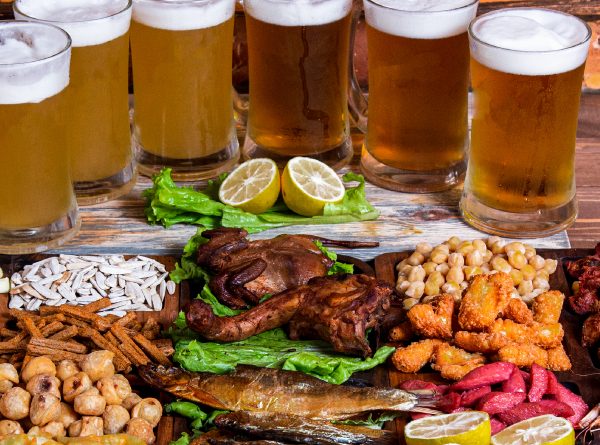
German food comes in a variety of flavors. Germany is a beautiful country that has always got the attraction of people from all over the world, with its amazing things. Not only the stunning landmarks and picturesque sceneries but Germany also has delectable cuisine.
There are a variety of recipes, from the wildly popular German sausages to the more specialized Christmas foods. Germany’s geographic origins and cultural heritage are reflected in its cuisine. German cuisine has changed over time as a result of various social and political upheavals. Today, each region has its cuisine specialties. However, they all share a certain richness and heartiness.
To enjoy yourself when eating new German cuisine, it is good first to be aware of what traditional German cuisine entails.
So, here are some of Germany’s most delicious meat /main dishes you can’t miss while in Germany.
Rouladen – Beef Rolls
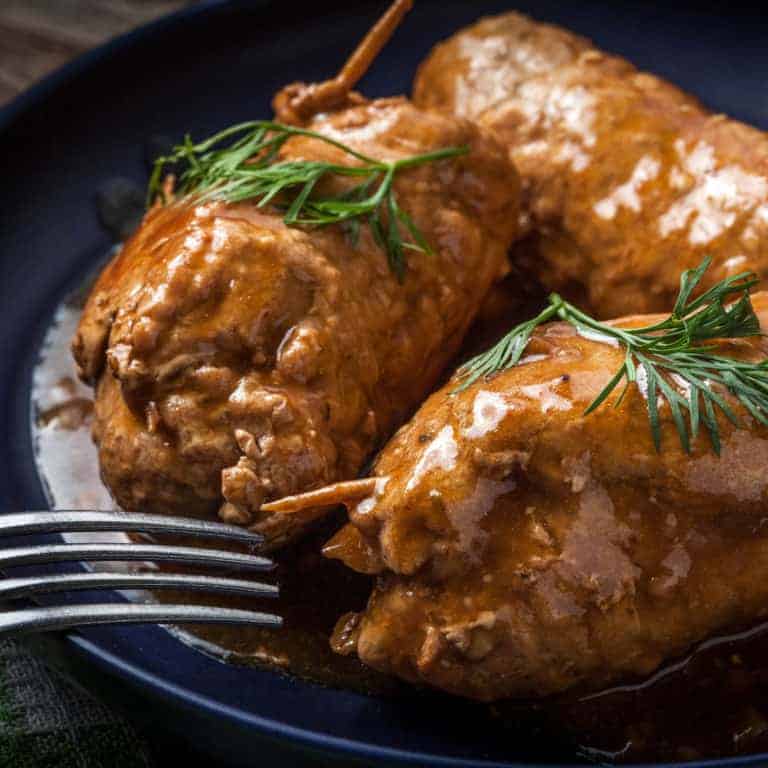
One of Germany’s most famous and delicious dishes, Rouladen, is beef roulades filled with bacon, onions, mustard, and pickles, then browned and simmered in the most decadent gravy imaginable. Once stocked, rolled beef will acquire a different taste. The gravy’s visual appeal is the star of this dish. Mash potatoes go great with this dish.
The French word “rouler,” which means “to roll,” is where the term “roulade” originates. It frequently arises on special occasions or family gatherings. This dish is commonly served with bread, bacon strips, sliced pickles, carrots, or small logs of meat.
Although “rouladen” is consumed commonly in Germany, they are frequently connected to Sunday dinners and other events like Christmas Eve.
German food – Currywurst
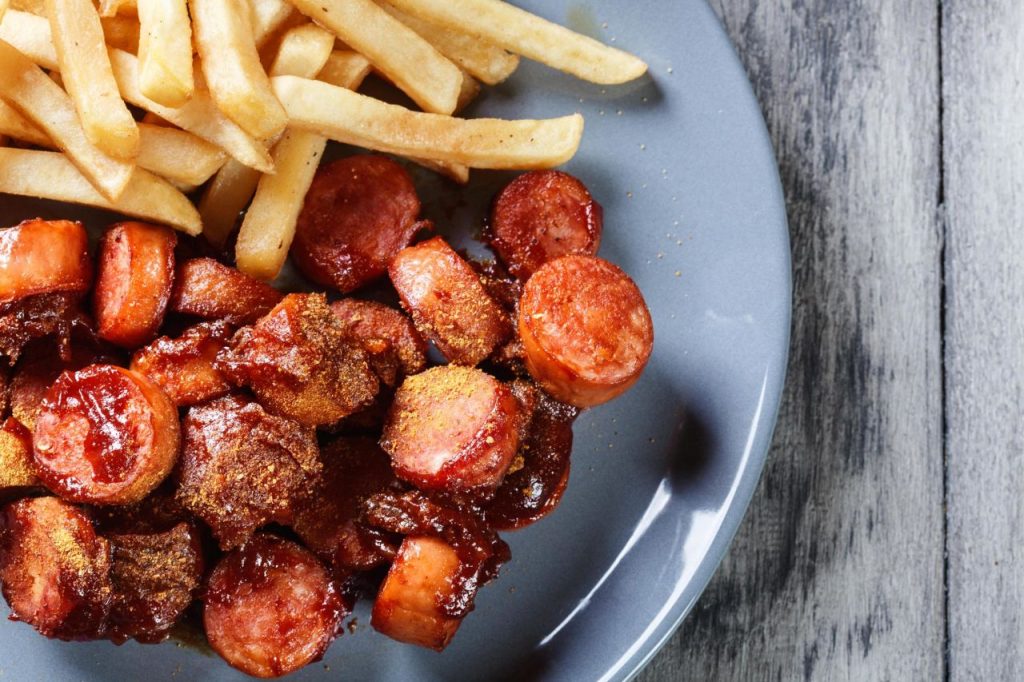
Currywurst is a special kind of sausage that will stay in your memory forever. The German population consumes about 800 million Currywurst each year, so this sausage recipe is well-known in Germany. Stalls and merchants frequently offer this dish in cities and towns.
This delectable delicacy was first served in Berlin on September 4, 1949. Herta Heuwer blended ketchup and British army curry powder to make a sauce served with grilled sausage.
Although this fast food item is available throughout Germany, the city of Berlin is where it is most well-known. Currywurst is still incredibly popular today, more than 60 years later, and is frequently eaten with a brötchen or pommes (french fries). Currywurst typically served with chips, ketchup, mayonnaise, or a bread roll, is still among the most well-liked sausage-based street snacks. Today, boiled and fried sausages are used instead.
Spätzle
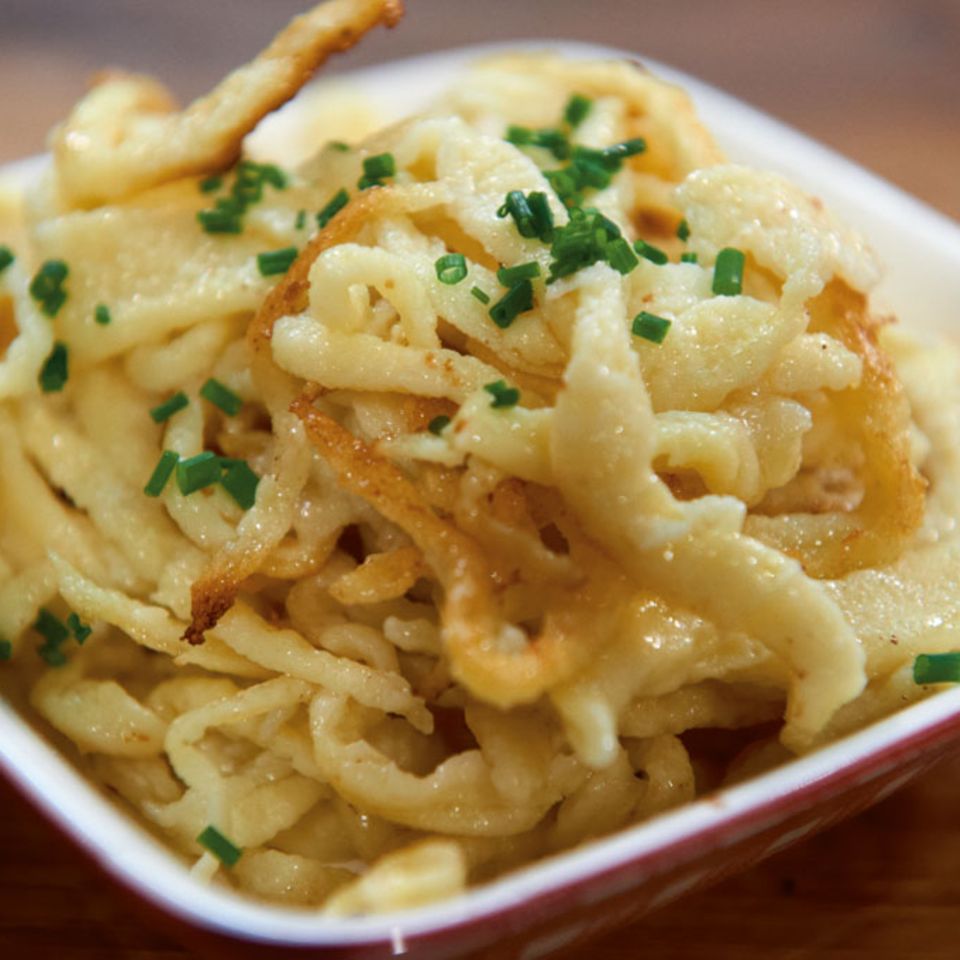
The term “spätzle” refers to a Swabian egg-based noodle or dumpling produced from a thinner batter and typically cooked by scraping it into boiling water. To avoid overcooking, the dumplings are scraped and chilled in a bowl of ice water.
Today, spätzle is widely available and can be found in most German markets and restaurants. They are a much-liked comfort food, and stores sell them pre-packaged.
This delicious dish hails from Baden-Württemberg and is typically served as a side dish with meat meals or to give soups more substance. With the simple addition of Emmental or Swiss cheese, this straightforward side dish may be elevated into something powerful. Hot spätzle and grated fine cheese are alternately piled, and fried onions are added to finish off what is frequently referred to as the German macaroni cheese.
Flammkuchen
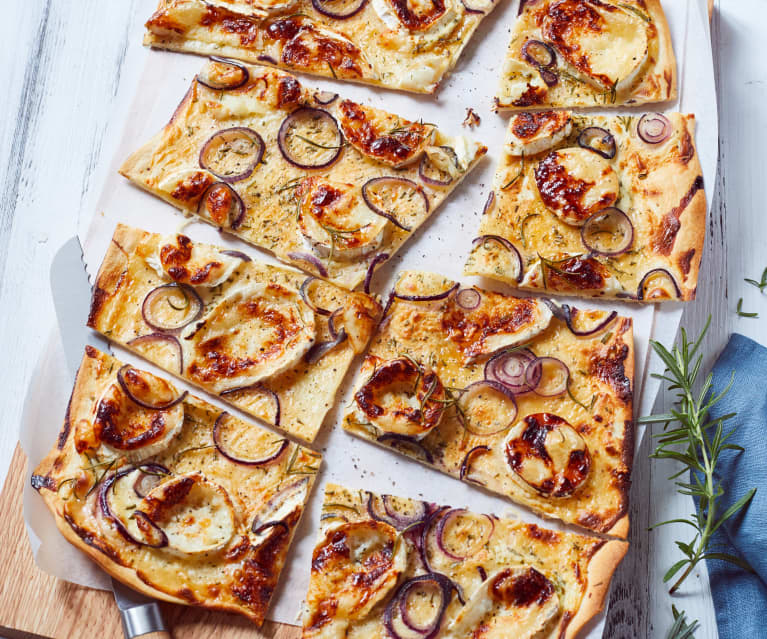
The ever-popular flammkuchen is a product of the Alsace area, which has historically been a source of contention between France and Germany. A thinly rolled, rectangular-shaped bread dough comprised of flour, water, oil, and salt is formed into an oval shape before baking and is known as flammkuchen, or “German pizza.” Flammkuchen is traditionally covered with sour cream, grated cheese, shredded onions, and sliced sausage; it can be topped with whatever you choose. This exquisite treat is finished by being baked in a wood-fired oven, giving a satisfying yet mouthwatering salty punch that will have you craving more.
At first, flammkuchen wasn’t a recognized food; instead, it resulted from bakers checking the bread oven’s temperature. With time, people began to appreciate the attractiveness of flatbreads with fillings that are merely stacked on top rather than baked within.
Königsberger Klopse
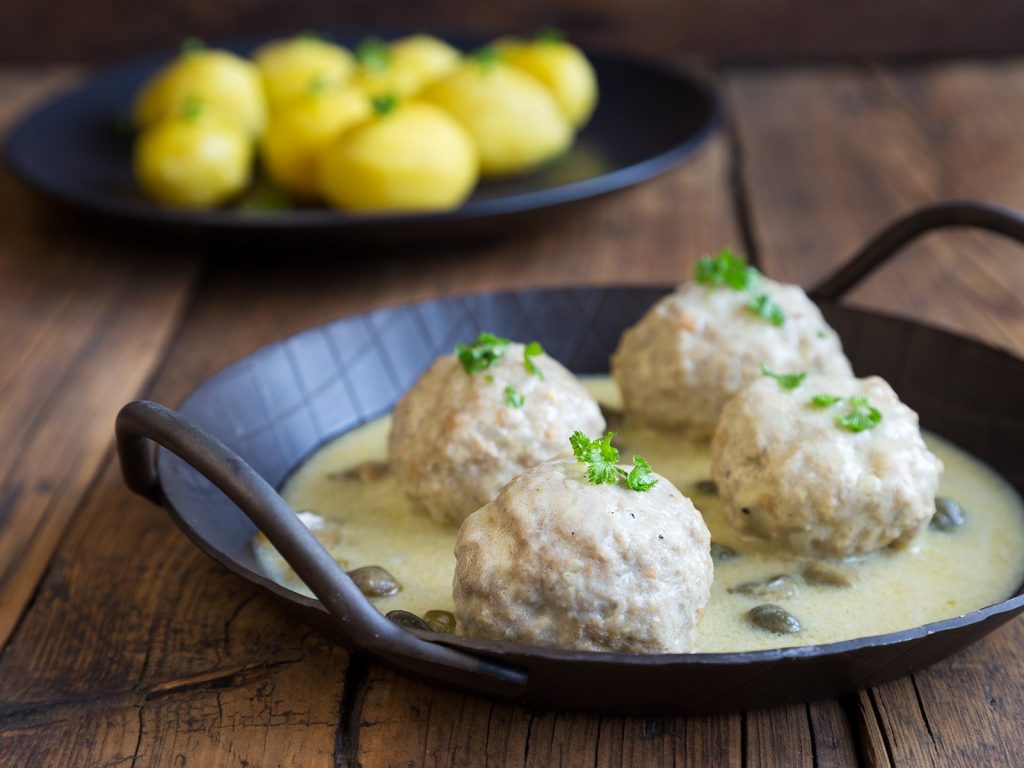
This delicious meal of meatballs in a creamy white sauce with capers is a terrific crowd-pleaser. It is named after Königsberg, the former capital of East Prussia (now Kaliningrad in Russia). It is traditionally almost solely served on Sundays and is the German equivalent of a British Sunday roast. These meatballs are typically cooked with veal, onion, eggs, anchovies, pepper, and other spices. They have a strong flavor. Once the meatballs are made, they are gently cooked in salted water to create a broth. The broth is then mixed with cream, egg yolk, roux, lemon juice, and a generous amount of capers to create a glossy, white cream sauce.
The dish’s flavor depends heavily on the capers’ flavor, which adds a salinity that harmonizes wonderfully with the veal. Traditional accompaniments to Königsberger Klopse include boiled potatoes and beetroot salad drizzled with rich, creamy sauce.
Königsberger klopse can now be found in most German eateries, but they are particularly well-liked in Berlin and Brandenburg.
Labskaus
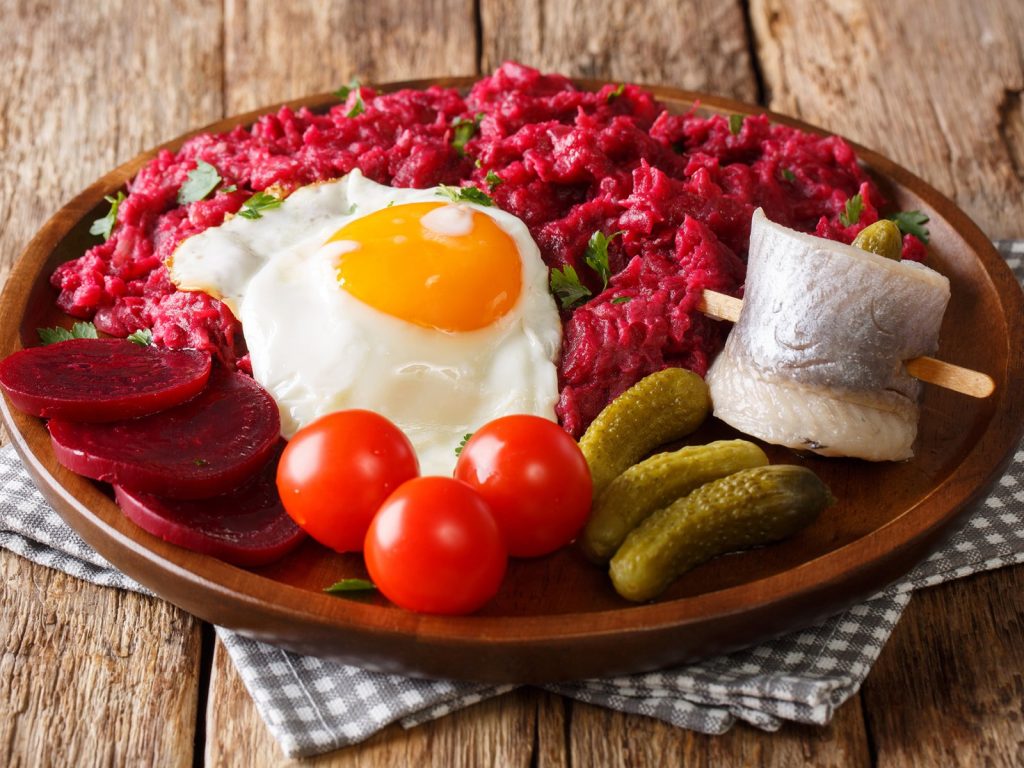
A classic German dish called Labskaus is cooked with potatoes, meat, and beets. This used to be a dish of poor people, but due to the high prices of pickled meats and fish, now it has become a luxury food.
Traditionally, salted or fresh meat is boiled in broth to make Labskaus. Before being cooked and spiced with bay leaves, nutmeg, cloves, allspice, pepper, and coriander, the meat is first minced with boiling potatoes, herring, pickled beets, and gherkins.
Typically, gherkins, herring filets, and fried eggs are served with Labskaus. The essential components of potatoes and cooked meat are the same throughout Germany, notwithstanding regional differences. Traditional German eateries in Schleswig-Holstein, Bremen, Hamburg, and northern Lower Saxony frequently have Labskaus on their menus.
Sauerbraten

Sauerbraten is One of Germany’s national dishes, which is marinated, cooked until tender, and served with a wonderfully rich and flavorful sweet-tangy gravy.
This type of German pot roast is made after several days of marinating meat in a concoction of vinegar, water (or wine), onions, carrots, bay leaves, cloves, and peppercorns. It was customary to keep the meat in a cold basement for a few days to tenderize and absorb flavor.
Similar to many other classic German recipes, sauerbraten varies significantly by area. The method of cooking is the same. The beef is first seared to give it color before being turned into sauerbraten. With the remaining marinade, the pot is deglazed before being filled with water or stock to simmer.
Maultaschen
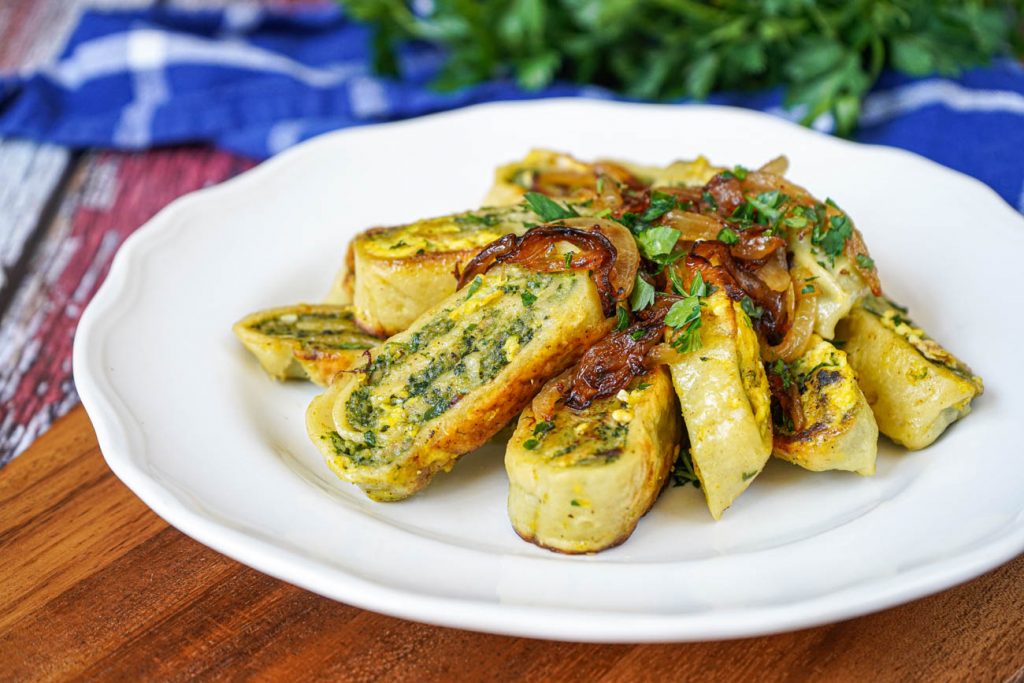
Maultaschen is the German “mouth pockets” originating from the Swabia region in southern Germany. This region is now part of Bavaria and Baden-Württemberg. Maultasche, a sort of German version of ravioli, is a pocket of pasta dough encased in seasoned, smoked, chopped beef, onions, spinach, and eggs.
Not only are maultaschen tasty, but they are also quite easy to make. The ingredients for the dough include flour, salt, water, vinegar, and oil. To make maultaschen, the pasta dough is first rolled out. The stuffings are prepared according to the recipe and blended into a smooth filling. The pasta dough is then filled with the stuffings and folded before being cooked in soup or salted water.
These delectable dumplings have gained such fame throughout southern Germany that in 2009 the European Union designated maultaschen as a regional specialty and noted the food’s significance to the Baden-Württemberg state’s cultural heritage.
Brawurst
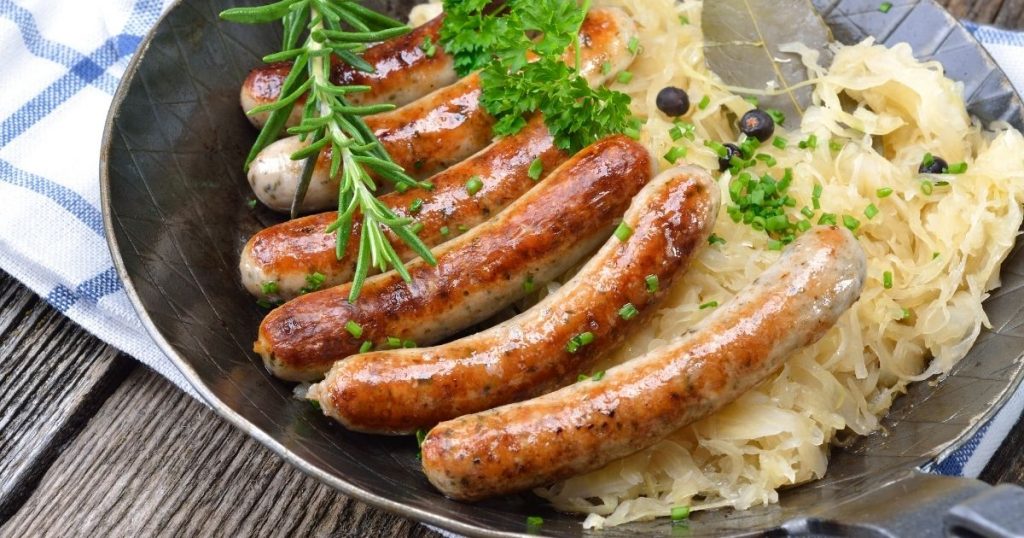
This is a German sausage typically made with pork, though it can also be produced with veal or beef. In Germany, bratwurst of all varieties is quite famous and is frequently eaten as a snack with white bread rolls and mustard. There are more than 40 different types of sausage available nationwide, including innumerable smoked, cured, and other variations. The thüringer bratwurst, nürmberger rostbratwurst, schlesische bratwurst, rote wurst, and rostocker bratwurst are some of the most well-liked varieties of bratwurst in Germany.
The Thüringer rostbratwurst is from Thuringia, and it is pretty spicy. The first German bratwurst museum debuted in 2006 and is located in Thuringia. Like most German cuisine, Bratwurst is also available in several regional variations.
Bratwurst is typically served with a side of sauerkraut or potato salad, a slice of dark rye bread, or pretzels at German bars and authentic German restaurants. Another essential component of a traditional German grill is bratwurst (barbecue).
Schnitzel
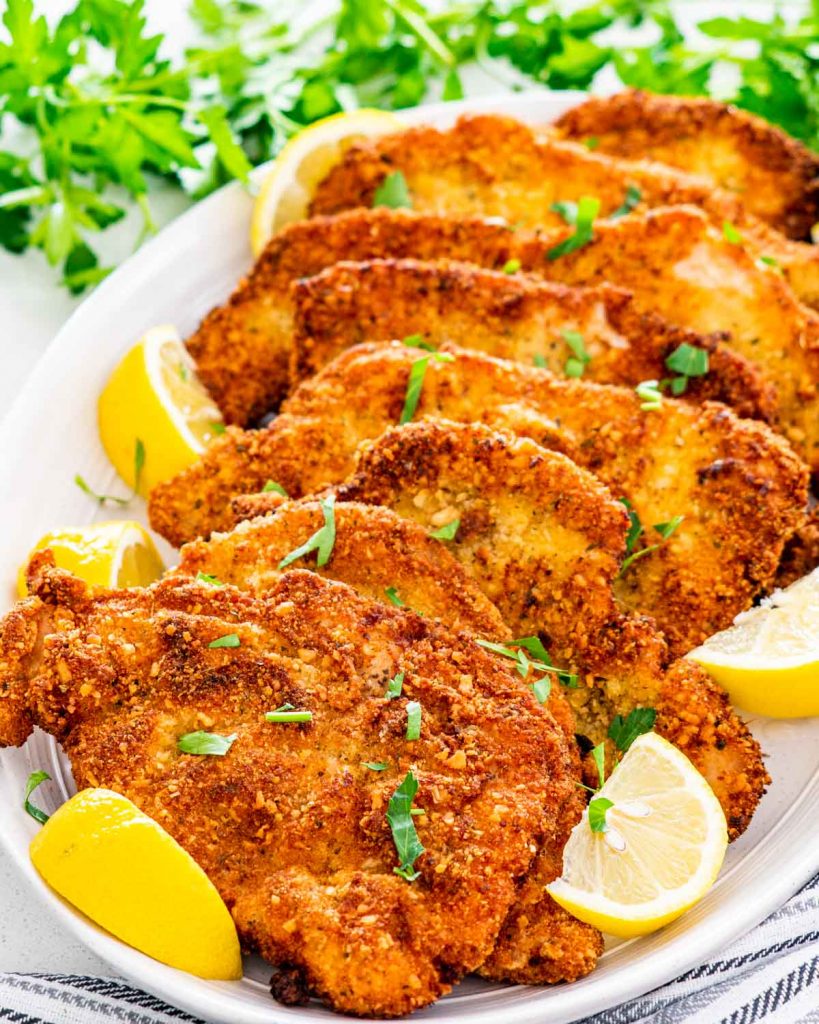
You could understandably believe that schnitzel is Austrian rather than German, but you must be made aware that this breaded beef dish has Italian origins. The German form of “Wiener Schnitzel,” a mainstay of most authentic German restaurants, is made with tenderized pork or turkey, while the Austrian version is required by law only to be produced with veal. German schnitzel is traditionally served with a lot of sauce; alternatives include Jägerschnitzel (schnitzel in mushroom sauce) and Zigeunerschnitzel (schnitzel in bell pepper sauce).
The unbreaded schnitzel is referred to as “Natur Schnitzel” – “natural schnitzel”. When a schnitzel is coated in breadcrumbs, it is called “Schnitzel Wiener Art.”
Enjoying delightful dishes is one of the main things you can do on visiting countries worldwide. So, try to have at least some of this delicious food in Germany while you are there.
Don’t miss them …………….

